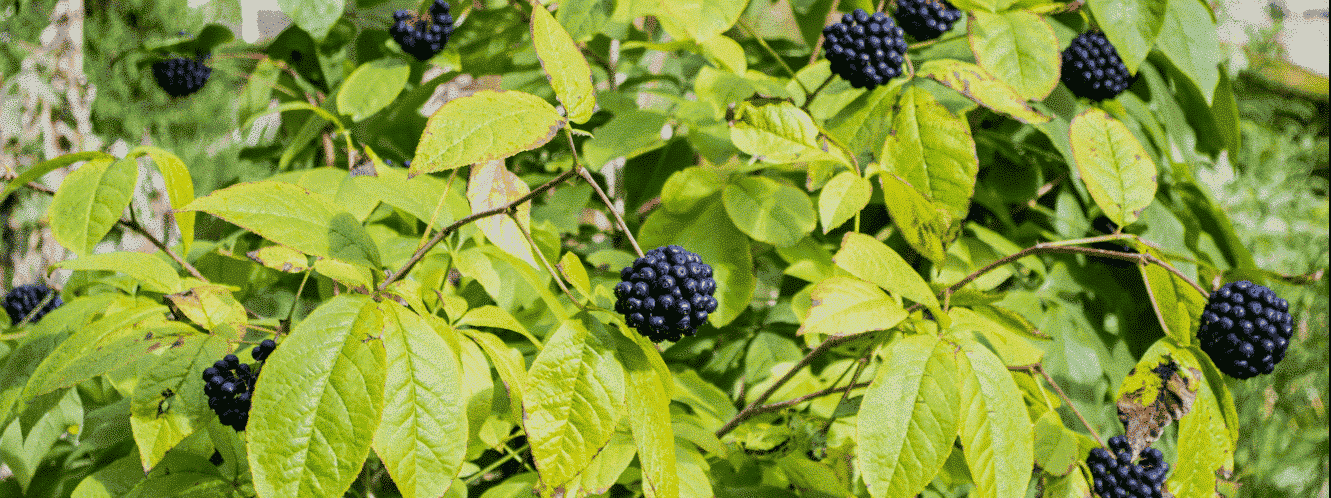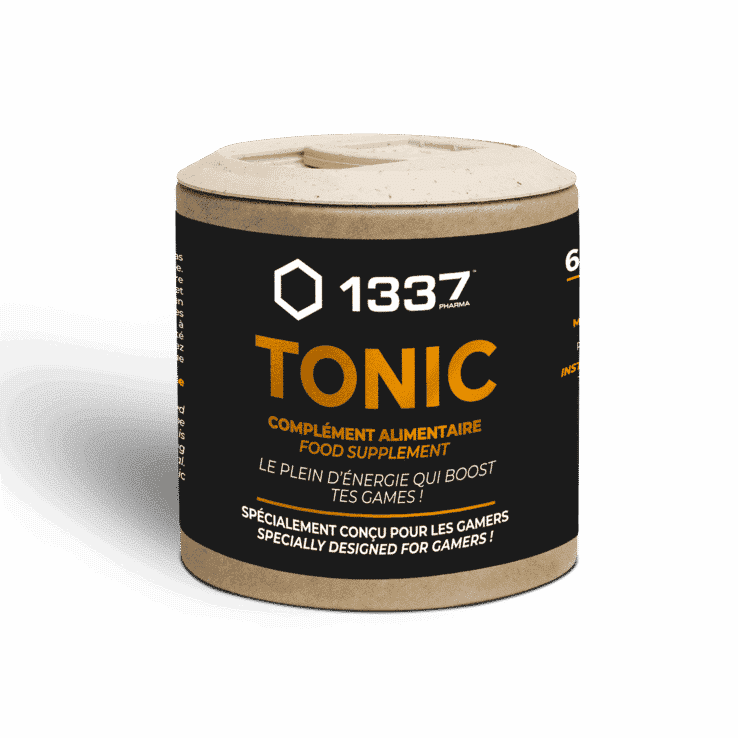Eleutherococcus
Ingredient
What is Eleutherococcus?
Where does it come from?
Why is it used?
What are the benefits?
Bibliography
What is Eleutherococcus?
Eleutherococcus (Eleutherococcus senticosus) is an Asian plant. It has been used for thousands of years as a remedy in folk medicine.
Eleutherococcus is also commonly called Siberian ginseng. However, the name was changed to “eleuthero” to avoid confusion with true ginseng, including Asian ginseng (Panax ginseng) and American ginseng (Panax quinquefolius).
Where does it come from?
eleuthero is a relative of ginseng. It grows in the same Asian regions and has similar effects. However, true ginseng is more valued for its well-studied health effects. True ginseng is also much more expensive than Eleutherococcus. True ginseng is also much more expensive than eleuthero.
Today, eleuthero is sometimes used as a cheaper—but potentially less effective—substitute for ginseng.
Why is it used?
The benefits of Eleutherococcus are comparable to those of ginseng, but they are considered less potent. It can be consumed as a tincture, tea, loose herb, capsule, or pill.
Herbalists and other natural practitioners call Eleutherococcus an “adaptogen”. Adaptogens are plants that protect the body against the effects of stress.
People can take this herb for its noticeable physical effects. For example, some athletes use Eleutherococcus to improve their athletic performance. Others take it to endure physically demanding workdays.
Other uses of eleuthero include
• Prevention of heart disease
• Anxiety relief
• Relief from depression
• Recovery after burnout due to stress

What are the benefits?
Eleutherococcus is used as a tonic to fight against fatigue and weakness, and to strengthen the capacities of the organism. It is used in particular to improve one’s physical abilities, strengthen one’s intellectual abilities, increase productivity or even support one’s concentration.
Discover other plants used in our products
Bibliography
1. Kuo, J., Chen, W.-C., Cheng, I.-S., Tsai, P.-H., Lu, Y.-J., & Lee, N.-Y. (2010). The effect of eight weeks of supplementation with Eleutherococcus senticosus on endurance capacity and metabolism in human. Tea Chinese journal of physiology , 53, 105‐111.
2. Lee, D., Park, J., Yoon, J., Kim, M.-Y., Choi, H.-Y., & Kim, H. (2012). Neuroprotective effects of Eleutherococcus senticosus bark on transient global cerebral ischemia in rats. Journal of Ethnopharmacology, 139(1), 6-11. https://doi.org/10.1016/j.jep.2011.05.024
3. Lim, S.-H., Park, Y.-H., Kwon, C.-J., Ham, H.-J., Jeong, H.-N., Kim, K.-H., & Ahn, Y.-S. (2010). Anti-diabetic and Hypoglycemic Effect of Eleutherococcus spp. Journal of the Korean Society of Food Science and Nutrition, 39(12), 1761‐1768. https://doi.org/10.3746/jkfn.2010.39.12.1761
4. Schaffler, K., Wolf, OT, & Burkart, M. (2013). No Benefit Adding Eleutherococcus senticosus to Stress Management Training in Stress-Related Fatigue/Weakness, Impaired Work or Concentration, A Randomized Controlled Study. Pharmacopsychiatry, 46(5), 181-190. https://doi.org/10.1055/s-0033-1347178
5. Yang, P., Jia, Q., & Meng, XJ (2013). The Study of Eleutheroside on Immunological Function of Aging Rats. Advanced Materials Research, 634-638, 1175-1178. https://doi.org/10.4028/www.scientific.net/AMR.634-638.1175 / https://doi.org/10.1177/026010608600400206

